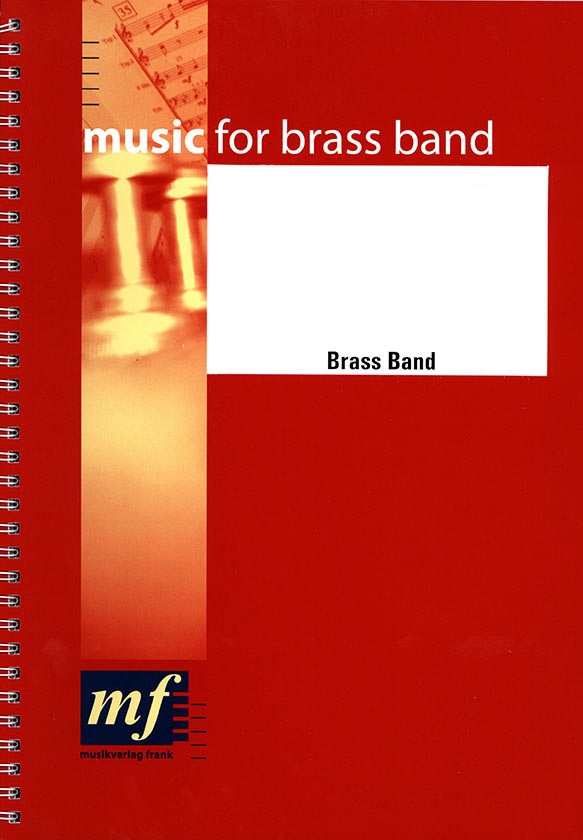We've found 466 matches for your search. Order by
Results
-
 £39.60
£39.60AS ONLY A HEART WOULD DARE - Aglukark Susan & Irschick Ch - Dance Colin G.
Estimated dispatch 7-14 working days
Audio Player -
 £24.60
£24.60AS ONLY A HEART WOULD DARE (Partitur/Score) - Aglukark Susan & Irschick Ch - Dance Colin G.
Estimated dispatch 7-14 working days
Audio Player -
 £44.60
£44.60 -
 £24.60
£24.60 -
 £38.60
£38.60 -
 £19.60
£19.60 -
 £69.60
£69.60 -
 £44.60
£44.60 -
 £38.60
£38.60WHEN I HAVE CROSSED THE BAR - Parry Hubert - Dance Colin G.
Estimated dispatch 7-14 working days
Audio Player -
 £39.60
£39.60
